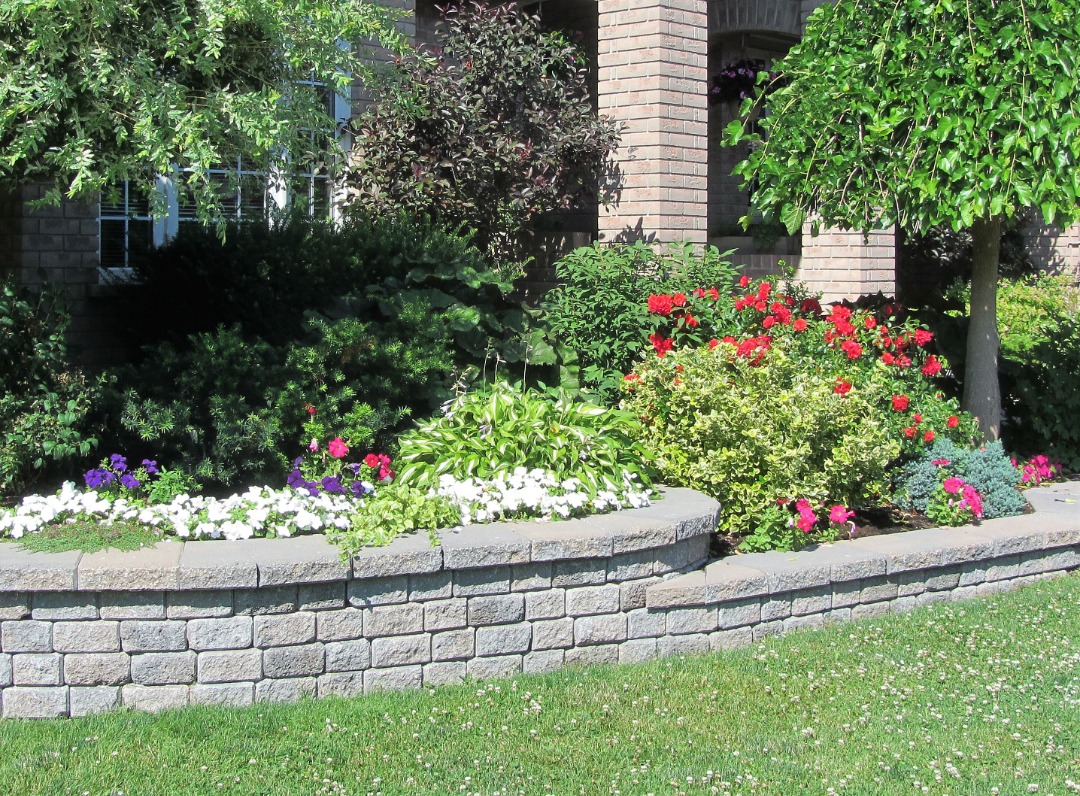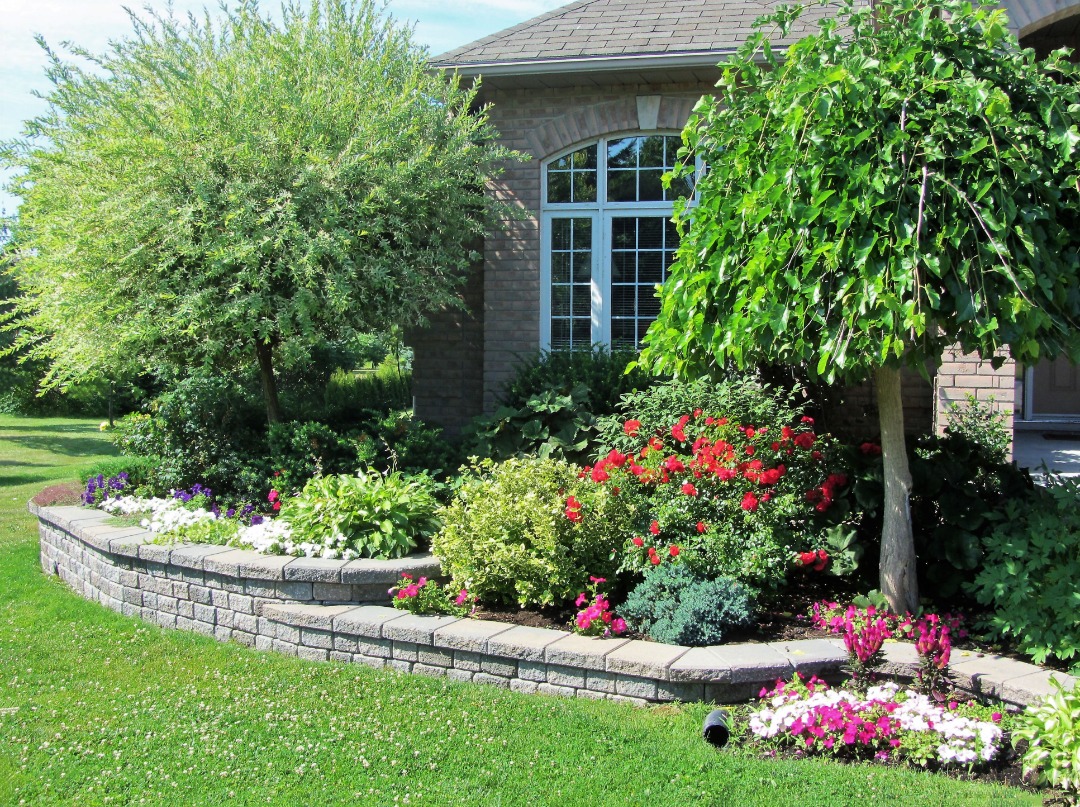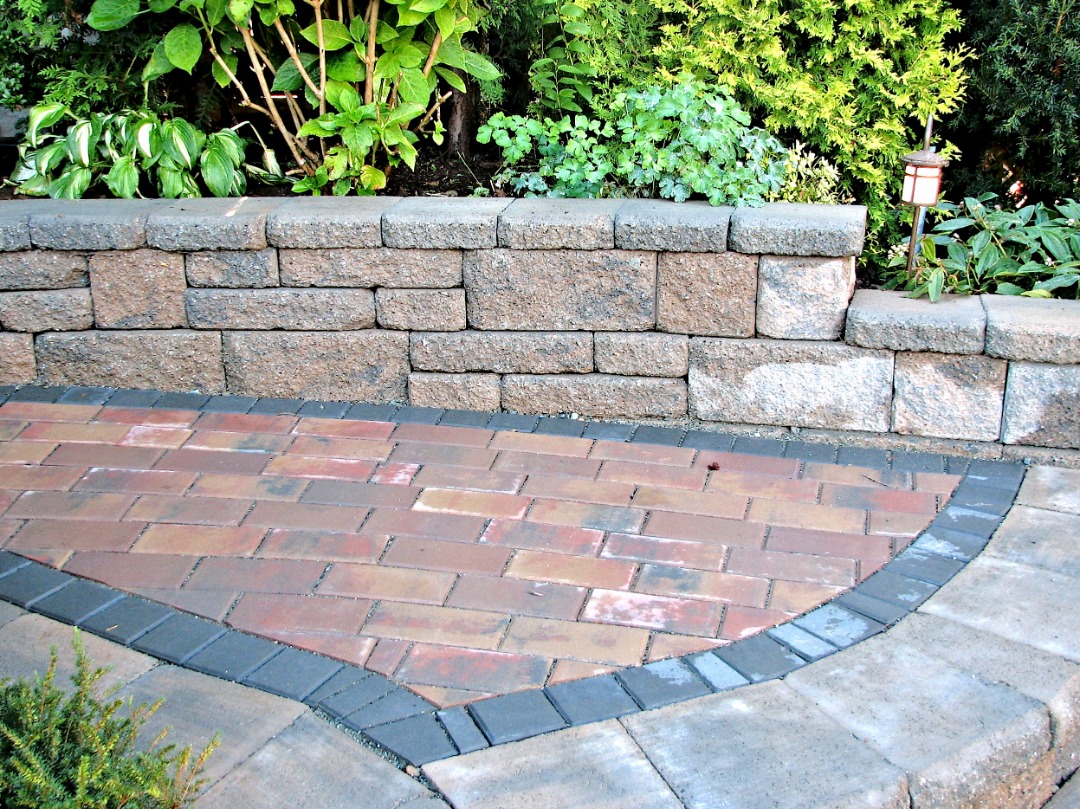Retaining Wall Tips to Prevent Cracks and Water Damage
Introduction: Retaining walls do more than add structure and style to your landscape—they protect your property by holding back soil, managing slopes, and preventing erosion. But without proper construction and care, even the sturdiest retaining walls can crack, bulge, or fail entirely. Water is one of the biggest threats to retaining wall longevity, and ignoring drainage can quickly turn a useful wall into a costly hazard. Fortunately, understanding the causes of cracks and water damage and knowing how to prevent them can save you time, money, and serious structural issues.
Whether you have a small garden wall or a tall slope-retaining system, this guide will walk you through the best tips for keeping your retaining wall strong, dry, and beautiful for years to come. From drainage techniques to regular inspections and repair strategies, these insights will help homeowners maintain structural integrity and prevent future headaches.
You may have installed your landscaping and your hardscaping features years ago. However, sometimes you desire to change and shake things up a bit every now and then. If you’re feeling that desire, but haven’t stayed up to date with the latest landscaping trends, don’t worry! We’ll be able to inform you of the latest and greatest landscaping trends you can consider for your landscape! These trends aren’t flying by night; they are truly changing the way people do and view landscaping. By learning about these trends, you won’t just make your yard look better; you’ll be contributing to the environment as well. Ready to discover how to make your yard look absolutely marvelous? Then, let’s look into these lovely landscaping ideas.
Proper Drainage Is Key to Preventing Retaining Wall Cracks
Why Poor Drainage Causes Most Wall Failures
The number one cause of cracking in retaining walls is water pressure. When rain or irrigation water seeps into the soil behind the wall and has nowhere to go, it creates hydrostatic pressure. Over time, that pressure builds and pushes against the wall, eventually leading to cracks, tilting, or complete collapse. Drainage systems are essential not just during construction, but also as part of long-term maintenance. Walls without proper drainage may look stable in the beginning, but will begin to show signs of stress over time.
The most effective method for preventing this is installing weep holes—small openings at the base of the wall that allow water to escape. These should be spaced evenly, typically every four feet, depending on the wall’s size. In addition to weep holes, a perforated drainage pipe (also known as a French drain) can be installed behind the wall to collect and redirect water away from the structure. Without these systems in place, water will continue to collect and exert pressure, weakening the wall’s integrity.
Backfill Material and Grading Make a Difference
The type of material used behind the wall, called backfill, plays a major role in drainage. Coarse gravel or crushed stone is ideal because it allows water to pass through easily. On the other hand, soil with high clay content retains water and increases pressure on the wall. Along with proper backfill, the ground above and around the wall should be graded or sloped away to encourage water runoff, preventing pooling directly behind the structure.

Preventive Maintenance to Avoid Cracks Over Time
Regular Inspections Help Catch Early Warning Signs
Even well-built retaining walls require ongoing care. Routine inspections, especially after heavy rains or seasonal changes, can reveal early signs of damage before they become major issues. Look for small cracks, leaning, bulging, or erosion near the base. These may seem minor, but they are often indicators that the wall is under pressure or shifting.
Cracks that appear to widen over time or extend across multiple blocks may be signs of structural distress. Addressing them early can prevent a total failure. Also, check the surrounding soil for signs of washout, soft spots, or standing water—these can all impact the stability of the wall and signal drainage problems that need to be corrected.
Weed Control and Clean Surfaces Matter
Vegetation around the wall should be managed carefully. While ground cover and low plants can help prevent erosion, aggressive root systems from large shrubs or trees can push against the wall and cause cracking. Weeds that grow in the wall joints or mortar can also lead to weakening and moisture retention. Keeping the wall clean and free from plant growth extends its life and improves its appearance.

Repairing and Reinforcing a Damaged Retaining Wall
How to Fix Minor Cracks in Retaining Walls
If you catch cracks early, they can often be repaired without replacing the entire wall. Small cracks in concrete or masonry walls can be filled using masonry crack filler or hydraulic cement, which expands as it dries and helps seal out moisture. Be sure to clean the area thoroughly before applying any filler. Once dry, the surface can be sealed with a waterproof coating to provide added protection from rain and moisture.
For wood retaining walls, inspect for signs of rot or termite damage, and replace damaged boards as needed. Reinforcing the structure with added bracing or stakes may also help stabilize the wall while repairs are being made.
When to Call a Professional for Wall Repair
Sometimes the damage goes beyond surface-level cracks. If your wall is bowing, leaning significantly, or separating from adjoining structures, it’s best to contact a retaining wall specialist. In these cases, reinforcement systems like helical tiebacks, anchors, or even partial rebuilds may be required. A professional can also inspect drainage and soil conditions to determine whether underlying issues contributed to the failure.

Conclusion
Preventing cracks and water damage in your retaining wall starts with proper construction and continues with regular maintenance. By addressing drainage at the beginning, using appropriate backfill materials, and inspecting your wall throughout the year, you can keep it stable and visually appealing for decades. When cracks appear, fast repairs and reinforcements can make all the difference. Whether you’re building a new wall or taking care of an old one, these retaining wall tips can help protect your investment and your landscape. Get in touch with us today to learn more about retaining walls as well as our Hardscaping, Landscaping, Retaining Walls services.

SERVICES
Hardscaping
Landscaping
Retaining Walls
Pavers
Stamped Concrete
Patio
Fire Pits
Pergolas
Overseeding
Deck Construction
Stone Masonry
Grading
Landscape Design
Landscape Lighting
Sod
Artificial Turf
Outdoor Living Spaces
Fence Installation
Stone Steps
Step Landings
"*" indicates required fields
 (585) 507-2951
(585) 507-2951 info@bllandscapeny.com
info@bllandscapeny.com